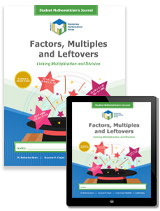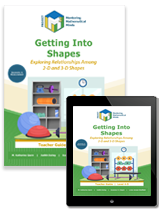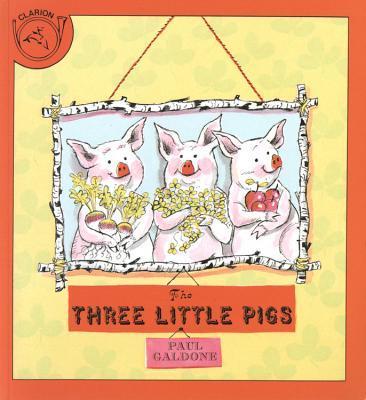Search Listing Name
product:
OpenSciEd Grade 3 Unit 2: Weather & Hazards Non-Consumable Kit
Extend hands-on science learning in your classroom with aligned manipulative kits for the OpenSci
product:
CryptoClub: Leader Manual + 3 Year License
The Leader Manual accompanies the Student Cipher Handbook and helps teachers lead a CryptoClub program. It provides suggestions for teaching, along with an answer key, and discusses connections to middle-grade mathematics. It also describes games and activities that provide students with additional practice in an engaging, informal way.
product:
The Secret Sockciety
In a world where fitting in is the norm, one sock named Ben and his band of rebellious friends embark on a journey to discover the true meaning of belonging. Ben, feeling out of place, finds comfort in the unlikeliest of companions, a colorful crew of mismatched socks! Together, they explore a magical world, facing whimsical challenges and uncovering hidden truths. Can they unravel the age-old mystery of what it means to truly be a match? Dive into this heartwarming tale of friendship, magic, and the undeniable
product:
The World Turned Upside Down: The American Revolution Teacher Guide 1 Year License with Student Guide File
The World Turned Upside Down: The American Revolution
Grades 4-5
Intensive document analysis and exploration of the concept of cause and effect form the foundation of this unit, which focuses on the Revolutionary period in American history. The unit explores the chronology and major event

product:
Project M3: Level 3-4: Factors, Multiples and Leftovers: Linking Multiplication and Division Student Mathematician's Journal + 1 Year License
The Student Mathematician’s Journal allows students to explore simulated or real-life problems and help them to think, write, and read like mathematicians. It encourages students to reflect on what they have learned in each lesson, think deeply about mathematics, and communicate in writing on worksheets.
In this unit students develop their number sense with a focus on a deeper understandin
product:
Project M2 Level 2 Unit 2: Using Everyday Measures: Measuring with the Meerkats Student Mathematician's Journal
The Student Mathematician’s Journal presents simulated or real-life problems that encourage students to think, write, and read like mathematicians. They are asked to reflect on what they have learned and communicate in writing on worksheets.
In this unit, students explore the measurement concepts of length, area, and capacity. Throughout the unit, students also develop mathematical communicatio

product:
Project M3: Level 4-5: Getting Into Shapes: Exploring Relationships Among 2-D and 3-D Shapes Teacher Guide + 3 Year License
In this unit, students explore two- and three-dimensional shapes with a focus on their properties, relationships among them and spatial visualization. The reasoning skills that they build upon in this unit help them to develop an understanding of more complex geometric concepts.
The Teacher Guide is designed to provide background information on the mathematics being taught in this unit, the learning environment, mathematical communication, and differentiated instruction. Also included:

